Cluster Analysis and Unsupervised Machine Learning in Python
Loại khoá học: Data Science
Data science techniques for pattern recognition, data mining, k-means clustering, and hierarchical clustering, and KDE.
Mô tả
Cluster analysis is a staple of unsupervised machine learning and data science.
It is very useful for data mining and big data because it automatically finds patterns in the data, without the need for labels, unlike supervised machine learning.
In a real-world environment, you can imagine that a robot or an artificial intelligence won’t always have access to the optimal answer, or maybe there isn’t an optimal correct answer. You’d want that robot to be able to explore the world on its own, and learn things just by looking for patterns.
Do you ever wonder how we get the data that we use in our supervised machine learning algorithms?
We always seem to have a nice CSV or a table, complete with Xs and corresponding Ys.
If you haven’t been involved in acquiring data yourself, you might not have thought about this, but someone has to make this data!
Those “Y”s have to come from somewhere, and a lot of the time that involves manual labor.
Sometimes, you don’t have access to this kind of information or it is infeasible or costly to acquire.
But you still want to have some idea of the structure of the data. If you're doing data analytics automating pattern recognition in your data would be invaluable.
This is where unsupervised machine learning comes into play.
In this course we are first going to talk about clustering. This is where instead of training on labels, we try to create our own labels! We’ll do this by grouping together data that looks alike.
There are 2 methods of clustering we’ll talk about: k-means clustering and hierarchical clustering.
Next, because in machine learning we like to talk about probability distributions, we’ll go into Gaussian mixture models and kernel density estimation, where we talk about how to "learn" the probability distribution of a set of data.
One interesting fact is that under certain conditions, Gaussian mixture models and k-means clustering are exactly the same! We’ll prove how this is the case.
All the algorithms we’ll talk about in this course are staples in machine learning and data science, so if you want to know how to automatically find patterns in your data with data mining and pattern extraction, without needing someone to put in manual work to label that data, then this course is for you.
All the materials for this course are FREE. You can download and install Python, Numpy, and Scipy with simple commands on Windows, Linux, or Mac.
This course focuses on "how to build and understand", not just "how to use". Anyone can learn to use an API in 15 minutes after reading some documentation. It's not about "remembering facts", it's about "seeing for yourself" via experimentation. It will teach you how to visualize what's happening in the model internally. If you want more than just a superficial look at machine learning models, this course is for you.
"If you can't implement it, you don't understand it"
Or as the great physicist Richard Feynman said: "What I cannot create, I do not understand".
My courses are the ONLY courses where you will learn how to implement machine learning algorithms from scratch
Other courses will teach you how to plug in your data into a library, but do you really need help with 3 lines of code?
After doing the same thing with 10 datasets, you realize you didn't learn 10 things. You learned 1 thing, and just repeated the same 3 lines of code 10 times...
Suggested Prerequisites:
matrix addition, multiplication
probability
Python coding: if/else, loops, lists, dicts, sets
Numpy coding: matrix and vector operations, loading a CSV file
WHAT ORDER SHOULD I TAKE YOUR COURSES IN?:
Check out the lecture "Machine Learning and AI Prerequisite Roadmap" (available in the FAQ of any of my courses, including the free Numpy course)
Bạn sẽ học được gì
Understand the regular K-Means algorithm
Understand and enumerate the disadvantages of K-Means Clustering
Understand the soft or fuzzy K-Means Clustering algorithm
Implement Soft K-Means Clustering in Code
Understand Hierarchical Clustering
Explain algorithmically how Hierarchical Agglomerative Clustering works
Apply Scipy's Hierarchical Clustering library to data
Understand how to read a dendrogram
Understand the different distance metrics used in clustering
Understand the difference between single linkage, complete linkage, Ward linkage, and UPGMA
Understand the Gaussian mixture model and how to use it for density estimation
Write a GMM in Python code
Explain when GMM is equivalent to K-Means Clustering
Explain the expectation-maximization algorithm
Understand how GMM overcomes some disadvantages of K-Means
Understand the Singular Covariance problem and how to fix it
Yêu cầu
- Know how to code in Python and Numpy
- Install Numpy and Scipy
- Matrix arithmetic, probability
Nội dung khoá học
Viết Bình Luận
Khoá học liên quan

Đăng ký get khoá học Udemy - Unica - Gitiho giá chỉ 50k!
Get khoá học giá rẻ ngay trước khi bị fix.


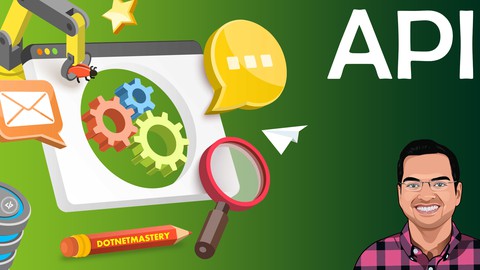
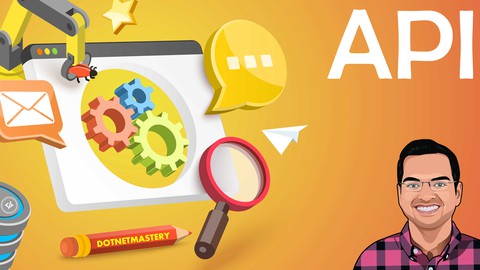

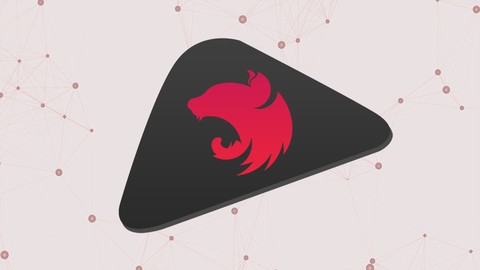

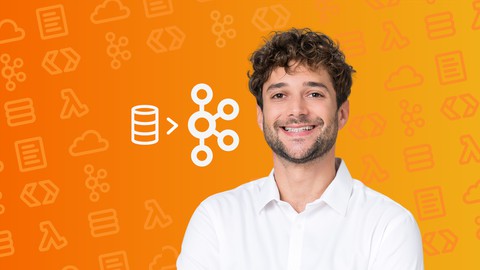




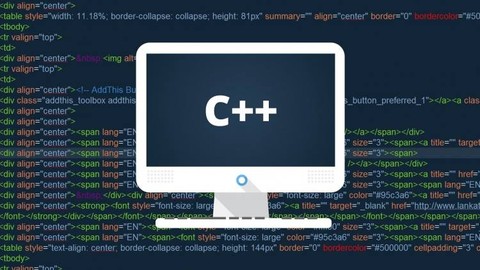
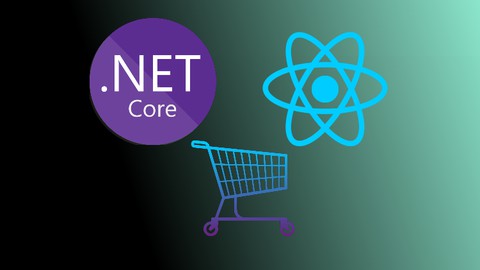

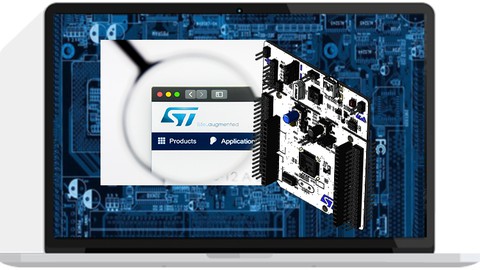


Đánh giá của học viên
Bình luận khách hàng